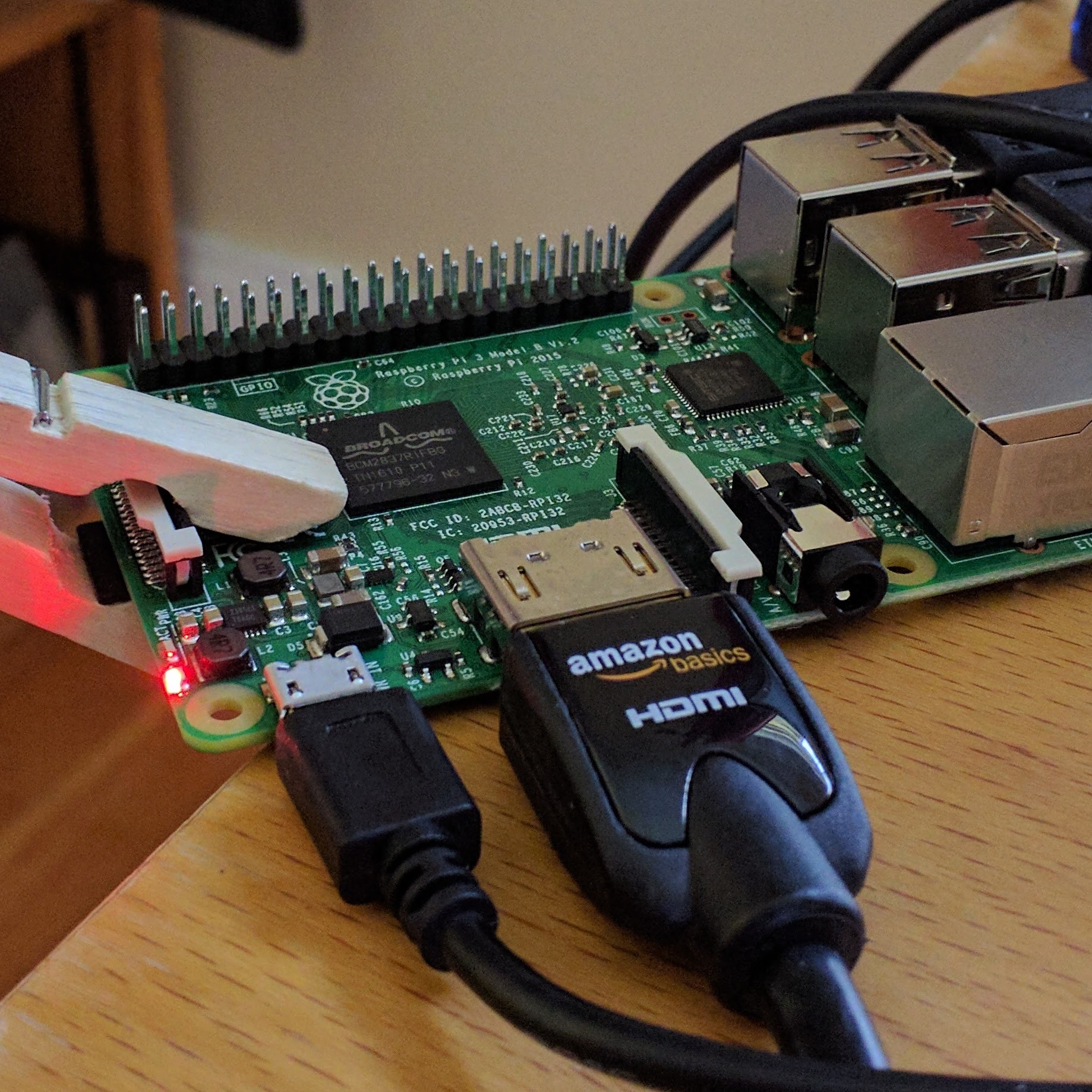From the first CPU I ever built a computer around, the Motorola 6800, comes this retro blast on the 6502:
The 6502 was the brainchild of Chuck Peddle, at the time an engineer with Motorola. Peddle was one of the engineers who worked on the Motorola 6800, and one of his jobs was to, well, peddle the 6800 to customers. The customers loved everything about it except its $300 price tag. Peddle tried to convince management at Motorola to create a lower-cost microprocessor, but Motorola didn’t want to have such a chip cut into their not insubstantial profits from the 6800, and they told him in no uncertain terms that they wouldn’t build such a chip. In response, Peddle and a handful of other 6800 engineers left Motorola and built one themselves. It was the MOS Technology 6502 and sold for $25. Even though both the 6800 and 6502 had a clock rate of 1 MHz, the 6502 had a minimal instruction pipeline that overlapped the fetch of the next instruction with the execution of the current one when possible, giving it a significant performance boost. And of course it sold for ten times less. So it ended up everywhere.
A graphic of the 6502 chip at Visual6502.org
Welcome to Visual6502.org! Here we’ll slowly but surely present our small team’s effort to preserve, study, and document historic computers. We aim to present our work in a visual, intuitive manner for education and inspiration, and to serve as a solid verifiable reference for classic computer systems. See our slides for an introduction and some fun images.
Have you ever wondered how the chips inside your computer work? How they process information and run programs? Are you maybe a bit let down by the low resolution of chip photographs on the web or by complex diagrams that reveal very little about how circuits work? Then you’ve come to the right place!
The first of our projects is aimed at the classic MOS 6502 processor. It’s similar to work carried out for the Intel 4004 35th anniversary project, though we’ve taken a different approach to modeling and studying the chip. In the summer of 2009, working from a single 6502, we exposed the silicon die, photographed its surface at high resolution and also photographed its substrate. Using these two highly detailed aligned photographs, we created vector polygon models of each of the chip’s physical components – about 20,000 of them in total for the 6502. These components form circuits in a few simple ways according to how they contact each other, so by intersecting our polygons, we were able to create a complete digital model and transistor-level simulation of the chip.
What always impresses me the most is that we did all of this work, whether boards like me, or chips like Chuck, by hand, both in design and build.

Leave a Reply
You must be logged in to post a comment.